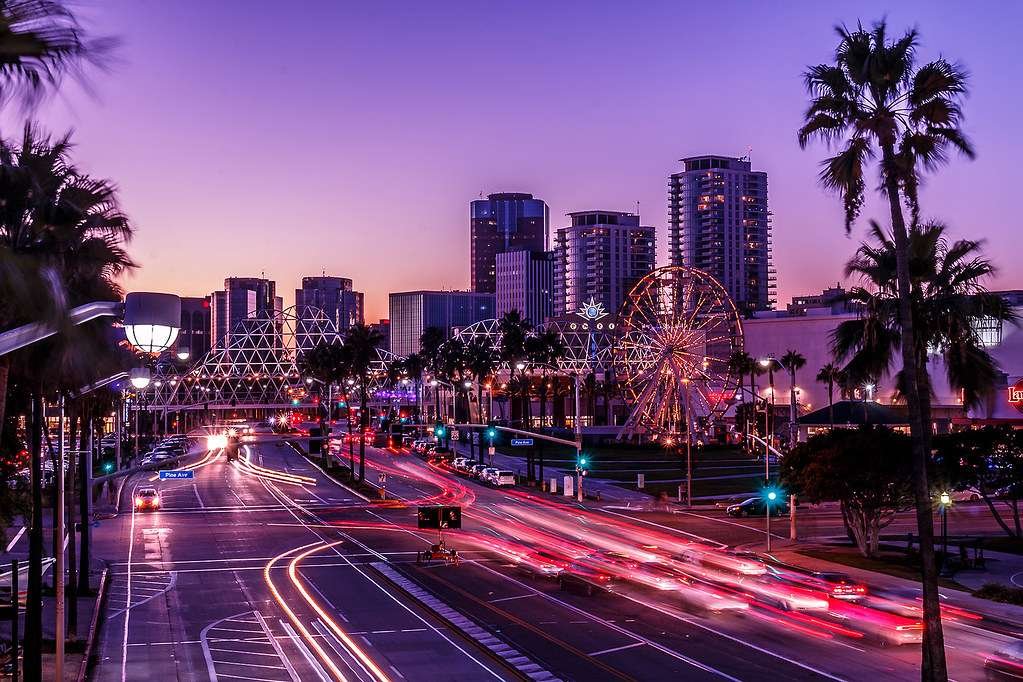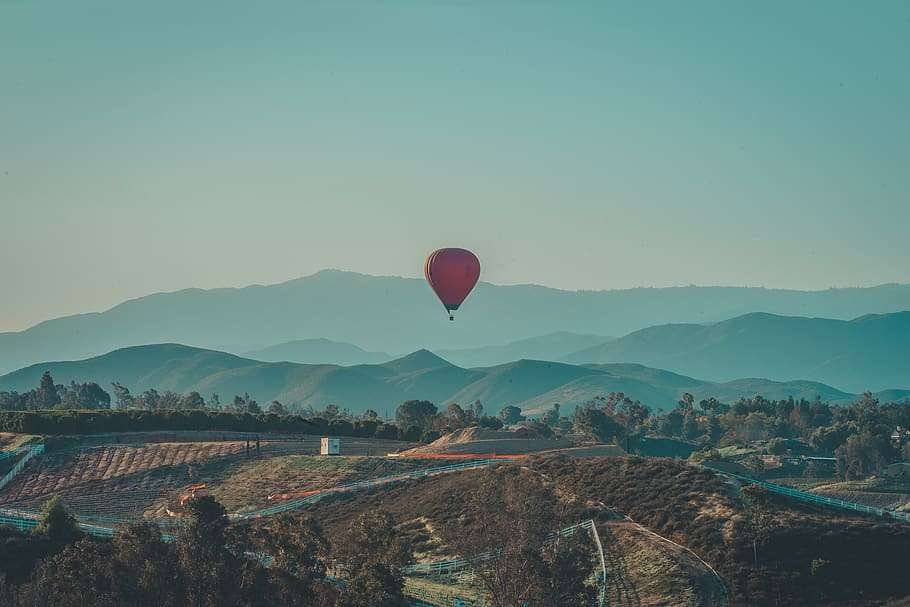After visiting Alaska, you may feel reconnected to nature. Its untamed coastal plains, majestic snow-capped mountains, and glacier-bordered fjords will forever change you. The 700-mile-long Brooks Range in northern Alaska runs from east to west, close below the Arctic coast, and then veers into the Best Times to Visit Alaska, the Yukon Territory of Canada. Denali National Park, located south of Fairbanks, is home to the highest mountain in North America, rising a whopping 20,310 feet. Tongass National Forest forms one of the world’s largest contiguous temperate rain forests to the southeast.
It might take time to choose where and when to visit. It depends on how well you tolerate the cold and get along with other travellers.
The high season runs from mid-June until mid-August.
Shoulder seasons: late August to mid-September; May to early June.
Low season: April until late September
Related:
- MOST ATTRACTIVE NATIONAL PARKS IN ALASKA
- EXPLORE THE UNIQUE TOWNS IN ALASKA
- TOURIST ATTRACTIONS IN ALASKA
- BEST PLACES TO VISIT IN ALASKA
- BEST THINGS TO DO IN ALASKA
- MAJESTIC VOLCANOES IN ALASKA
best time to visit Alaska’s northern lights
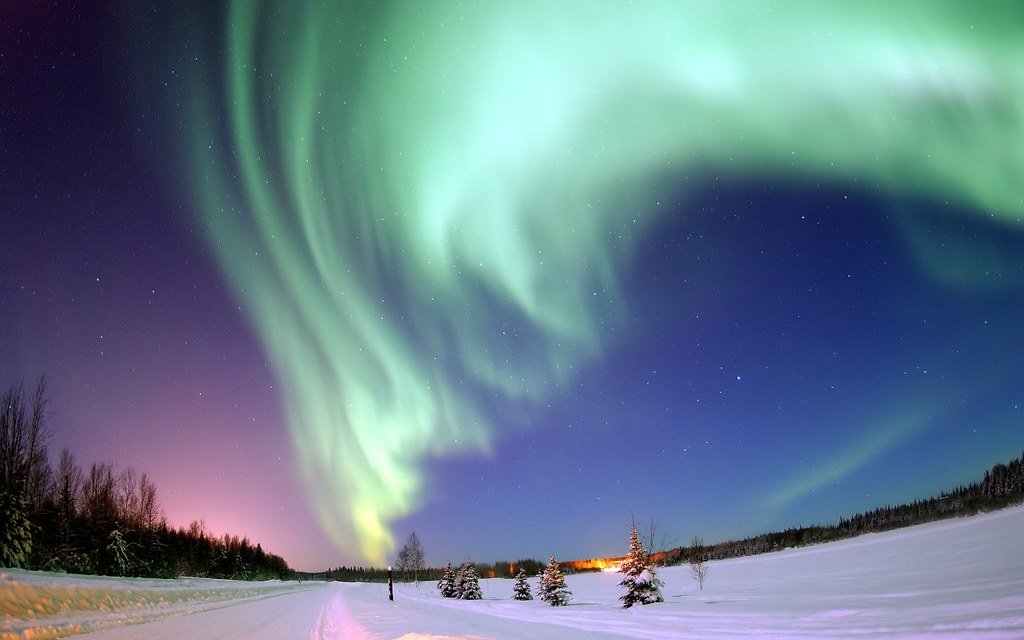
In Alaska, February, the spring equinox in March, and the fall equinox in September or October are the best times to see the northern lights. These months offer a combination of clear night skies and electromagnetic activity, making seeing auroras relatively easy.
Most of Alaska experiences excellent aurora visibility because the state is so far north, with portions in the Arctic Circle. To get the best viewing conditions, avoid light pollution by heading north and staying as far away from large cities and towns as possible. Numerous guided trips from Fairbanks transport visitors into the wilderness, where their sole light source comes from the heavens above. Use the Space Weather Prediction Center website from the National Oceanic and Atmospheric Administration (NOAA) to schedule your trip around the northern lights if you have flexible travel dates.
best time to visit Alaska cruise

An essential and prevalent method of experiencing Alaska is via a cruise. The season lasts from May to September, and if you plan your trip during the first, driest month, you’ll get the best prices and the fewest crowds. During this time, you can expect to see whales, walruses, and seabirds nesting throughout the Inside Passage. As you sail past Glacier Bay, you might glimpse wildlife like brown bears on the best time for alaska cruise shore.
best time to travel to alaska for Smaller Crowds
Mid-June marks the start of Alaska’s busiest season, so May or late August to mid-September are good times to come if you want a good mix of fewer tourists, good weather, and lots of daylight. Put another way, concentrating on the shoulder seasons is your best option since there will be fewer tourists.
If you are willing to face colder weather and fewer hours of light per day, travelling in the fall or winter can be a terrific way to avoid crowds and enjoy the solitary splendour of the Alaskan wilderness. However, remember that there may be fewer amenities available in national parks, and some roads and tourist centres will be closed.
best time to travel to alaska for Good Weather
Depending on the season, Alaska can have extremely harsh weather. Everyone can find something to enjoy in a diverse range of climes, whether a warm-weather backcountry trip or a snow-filled retreat beneath the northern lights.
Plan a trip to inland Fairbanks in the summer, where typical highs will be in the low 50s to low 70s. In contrast, the averages in July on the seaside of Juneau are in the mid-50s. The days are long from late April through mid-August, with the most extended period of sunshine occurring in much of Alaska between late May and late July. The midnight sun is most prevalent in June. Nevertheless, summertime tourists should be ready for rain because there is a greater chance of precipitation during the warmer months.
If you’re visiting Alaska in the winter to partake in the endless sports that depend on snow and ice, bring your bulkiest jacket and be ready for temperatures as low as minus 9 in Fairbanks in January. Juneau experiences typical lows in the 20s, making it somewhat warmer.
best time to go to alaskafor Lower Prices
The shoulder seasons (May through early June and late August through mid-September) offer the best value for individuals on a tight budget. Many cruise lines provide credits for excursions and discounts on vacations to entice more tourists to visit the unappreciated state outside of the peak season. Compared to the summer, these slower seasons offer significantly cheaper hotel rates for a weekend stay.
Of course, the off-season (late September through April) also offers reduced costs. Although it will be colder and darker, there are benefits: It’s a fantastic time to witness the northern lights and take in Alaska’s breathtaking winter scenery. Experience The Last Frontier by riding a dog sledge, going on a snowmobile trip, cross-country skiing, or snowshoeing.
Best Times to Visit Alaska for Fishing

Alaska offers excellent fishing all year round. Ketchikan is a fishing town on the southern tip of the state that is worth a visit for anglers. Reputed as the global centre for salmon fishing, this destination is frequently included in cruise itineraries and not just for anglers. The water can get as hot as 65 degrees Fahrenheit in the summer.
Remember that virtually every waterfront town in Alaska has a fishing community of some kind, and the largest state in the union provides an abundance of fishing opportunities with over three million lakes, rivers, streams, and bays. Visit between mid-May and the end of September, when the season for that species peaks, if you’re looking for classic Alaskan King salmon. Visit the Quartz Lake State Recreation Area between mid-November and mid-April to try ice fishing.
Best Times to Visit Alaska’s National Parks
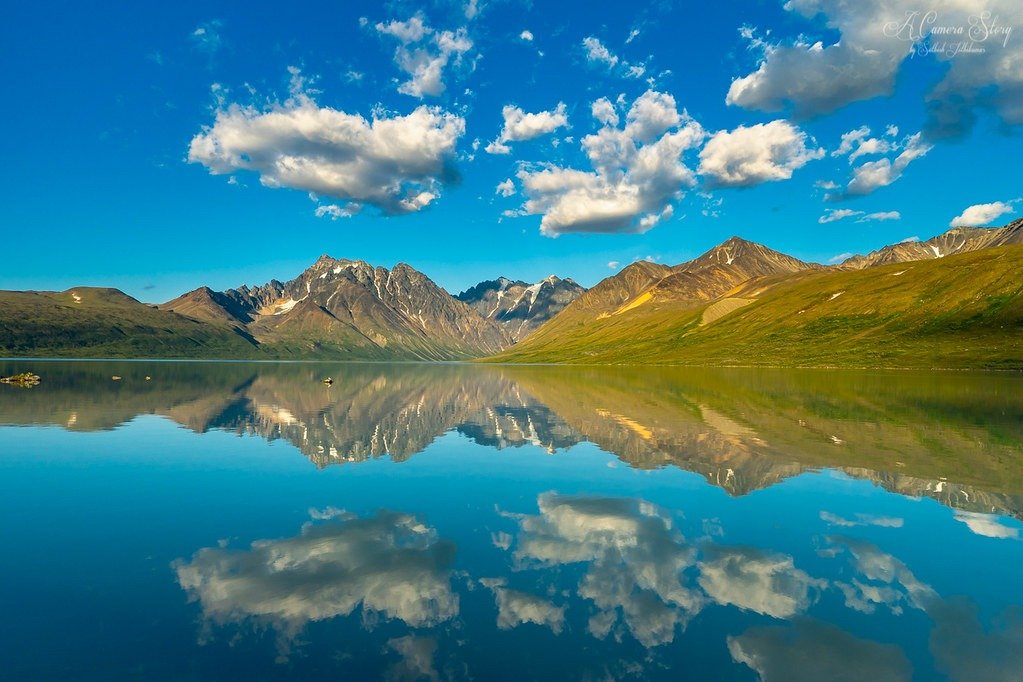
July and August are the finest months to visit the scenic Denali National Park and Glacier Bay National Park, which have some of Alaska’s most incredible hiking trails and animal viewing opportunities. These months also have warmer temperatures and longer daylight hours. Visit Alaska’s most well-known national parks later in the season when the crowds have subsided. However, there is still enough daylight to go on a self-guided hike in the backcountry if you’re searching for a more secluded experience.
Denali Park Road, the sole road through Denali National Park, is usually open from mid-May to mid-September. It’s designated for wildlife-spotting bus tours; however, save from a 15-mile stretch accessible to private automobiles. You can presently only travel as far as the East Fork Bridge at Mile Marker 43 owing to the ongoing Pretty Rocks Landslide and the customary seasonal closure.
Best Times to Visit Alaska for Snow
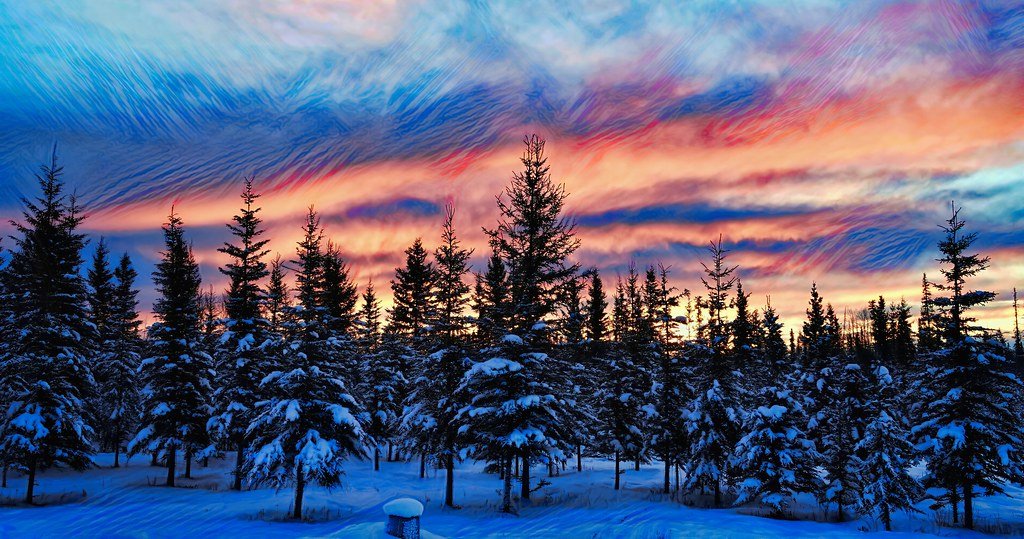
While May through September is considered the busiest travel months in Alaska, winter travel is equally important and should not be disregarded. Why? You’ll see the most snow at that time. Take advantage of Alaska’s breathtaking snow-covered landscape from December to March by engaging in sports like dog sledging, cross-country skiing, snowshoeing, and snowmobiling.
Just be careful where and when you go, as snowfall can vary significantly by month, location, and weather patterns. For example, Fairbanks receives only 10 inches of snow in January, compared to an average of 28 inches in Juneau, the state capital.
February through April is a popular time for skiing and snowboarding in Alaska. Some of the best resorts are outside Anchorage, Fairbanks, and Juneau. Choose from the extensive network of Nordic ski routes crisscrossing the state, or head to Valdez for amazing backcountry heli-skiing.
Best Times to visit Alaska to See Wildlife

Seeing the animals is one of the main attractions of visiting Alaska. Visit Lake Clark National Park or Katmai National Park throughout the summer to get a peek at the state’s renowned brown bear population. The summer months are also the best times of year for the salmon flow, which means that bears are more active and can be seen hunting along the riverbed in known locations.
For most species, whale watching is available from spring through early October. The finest places to see grey whales in Alaska are off Seward; they usually enter the state by April. In contrast, humpback whales arrive around June and can be viewed from Icy Strait Point and Juneau. These two notable species typically persist until the end of September. On the other hand, orcas are always seen off the coast of Alaska. No matter when you visit, you still have a fair chance of seeing one, though more arrive during the spring.
Depending on where and when you visit, there are many more animals to see yearly. On the Alaska Department of Fish and Game website, it is said that spring is another excellent season to see wildlife as migrating songbird species return home and bears, caribou, and other forest critters come out of hibernation. The natural world comes alive after a long, harsh winter. In western Alaska, it’s also possible to see bowhead whales, walruses, and seals. See the region-specific wildlife calendars the Alaska Department of Fish and Game provided for additional details.
Worst Times to Visit Alaska
There isn’t a “bad time” to visit Alaska; however, one thing to remember is how much daylight you want to get. In some places, the summer sun never sets, which can be a benefit or a hardship because winter is primarily gloomy. Use a sunrise and sunset planner to determine precisely how much (or how little) sunlight you’ll get throughout your Alaskan journey.
Other than that, it depends on how much you detest the cold (if this is the case, you should avoid travelling during the winter) and how well you get along with other summertime visitors to the state. In any case, travelling during the shoulder seasons in the spring and fall makes it generally simple to avoid both of them.
